The periodical cicadas of Brood II synchronously emerge from the ground of the eastern United States every seventeen years. Those that emerged in 2013 had originally burrowed into the soil as nymphs in 1996, following the seventeen-year life cycle of their progenitors. I was 23 years old at that time, working on silver-halide photography over darkroom chemical trays. Practical digital photography was still years away. Popular use of the Internet was in its infancy. Few Americans knew of the Taliban, which took control of Kabul in September that year; or of al-Qaeda, whose then obscure leader declared war against the United States in August. Between 1996 and 2013, every technological innovation and historical event occurred while billions of cicada nymphs lived underground along the eastern seaboard of the United States, quietly subsisting on the juices of tree roots, waiting to emerge.
In the early summer of 2013, I traveled to the Hudson River Valley to observe and photograph this remarkable phenomenon and its environment. It seemed impossible for my camera to document the scale of the emergence, with up to a million insects per hectare and the incredibly loud sound emanating from the tree canopy above. Nonetheless, the experience led me to contemplate the span of time since 1996; to think about the dramatic shifts in the field of photography and the many changes that occurred, in New York and the world, over that period in history.
This project is composed of roughly fifty photographs, made in and around the years 1996 and 2013. The older pictures were not made with the project in mind – they were selected from filed negatives, in an editing process that functioned much like the act of taking the later pictures. Both were an exercise in memory and anamnesis.
 Fort Montgomery, New York, 2013
Fort Montgomery, New York, 2013 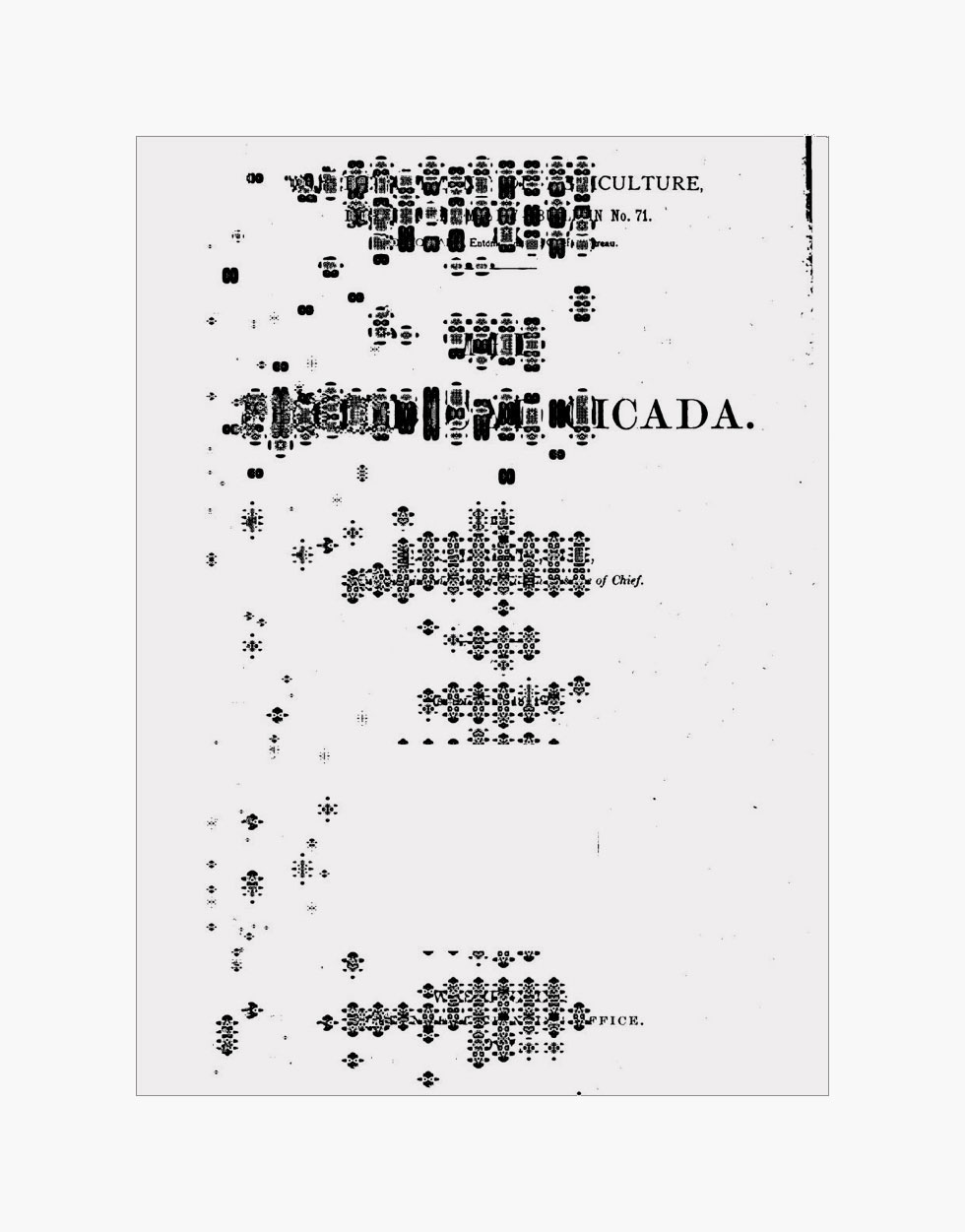 Scanning Anomaly, Title Page of "The Periodical Cicada," c. 1907
Scanning Anomaly, Title Page of "The Periodical Cicada," c. 1907 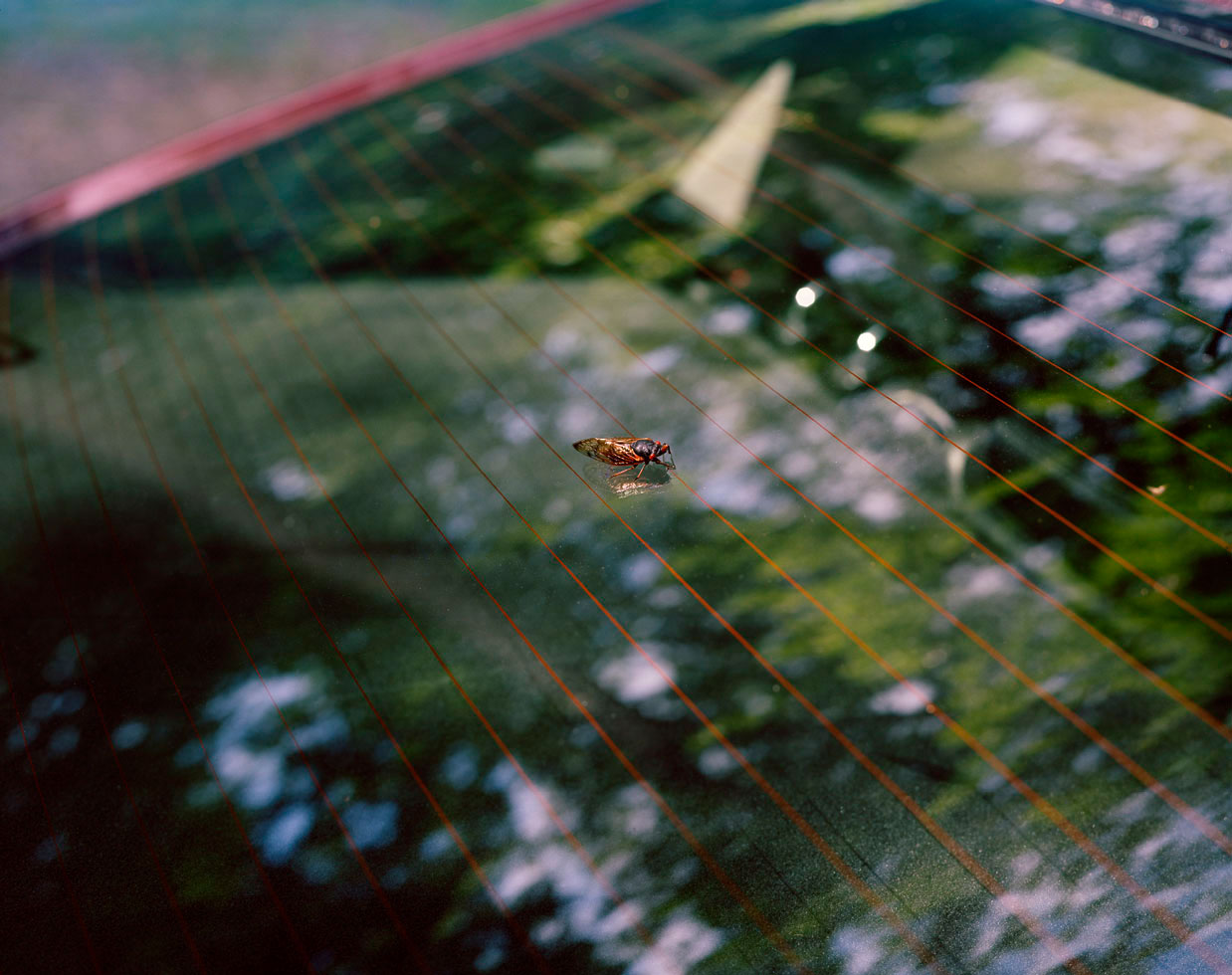 Garrison, New York, 2013
Garrison, New York, 2013 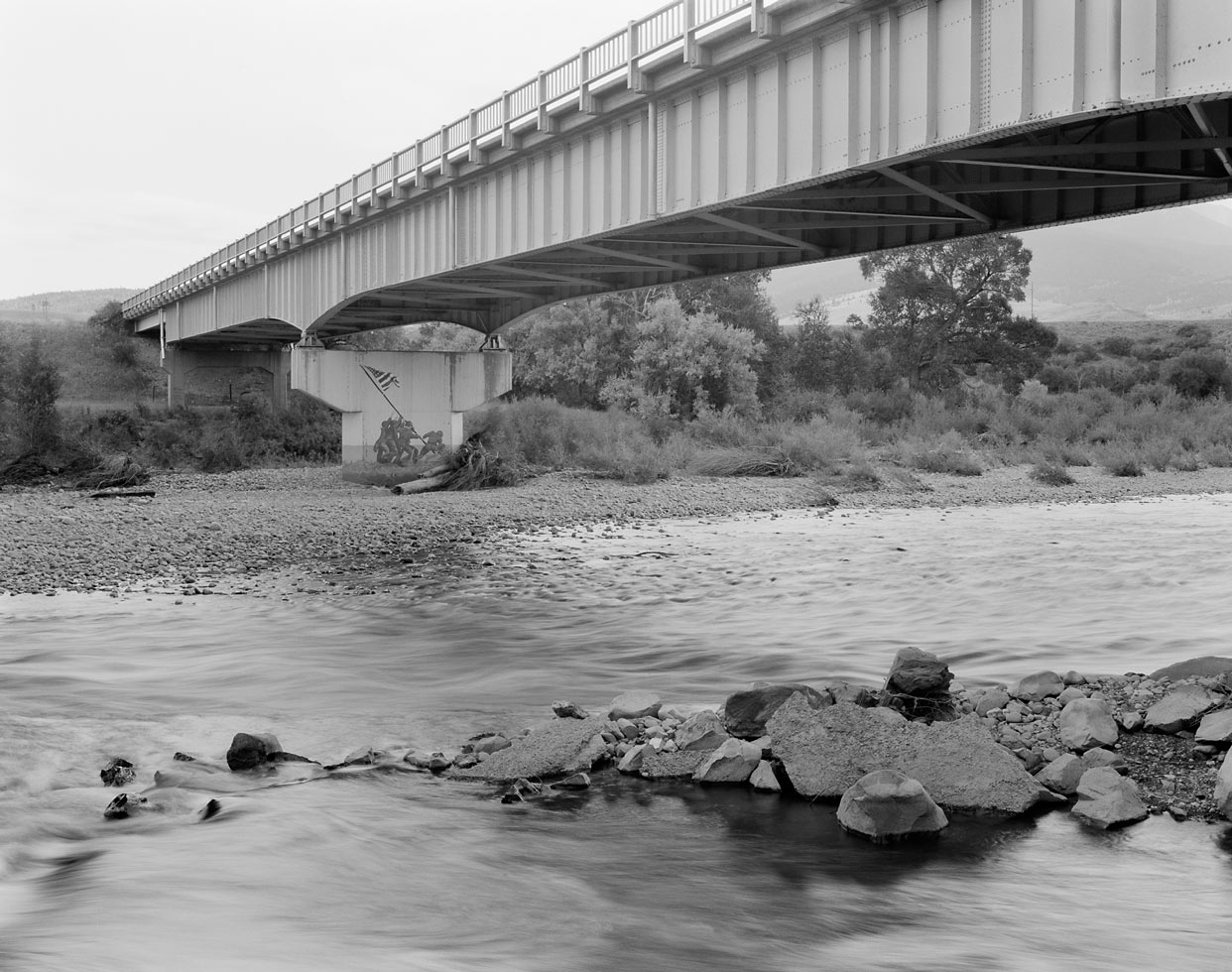 Livingston, Montana, 1996
Livingston, Montana, 1996 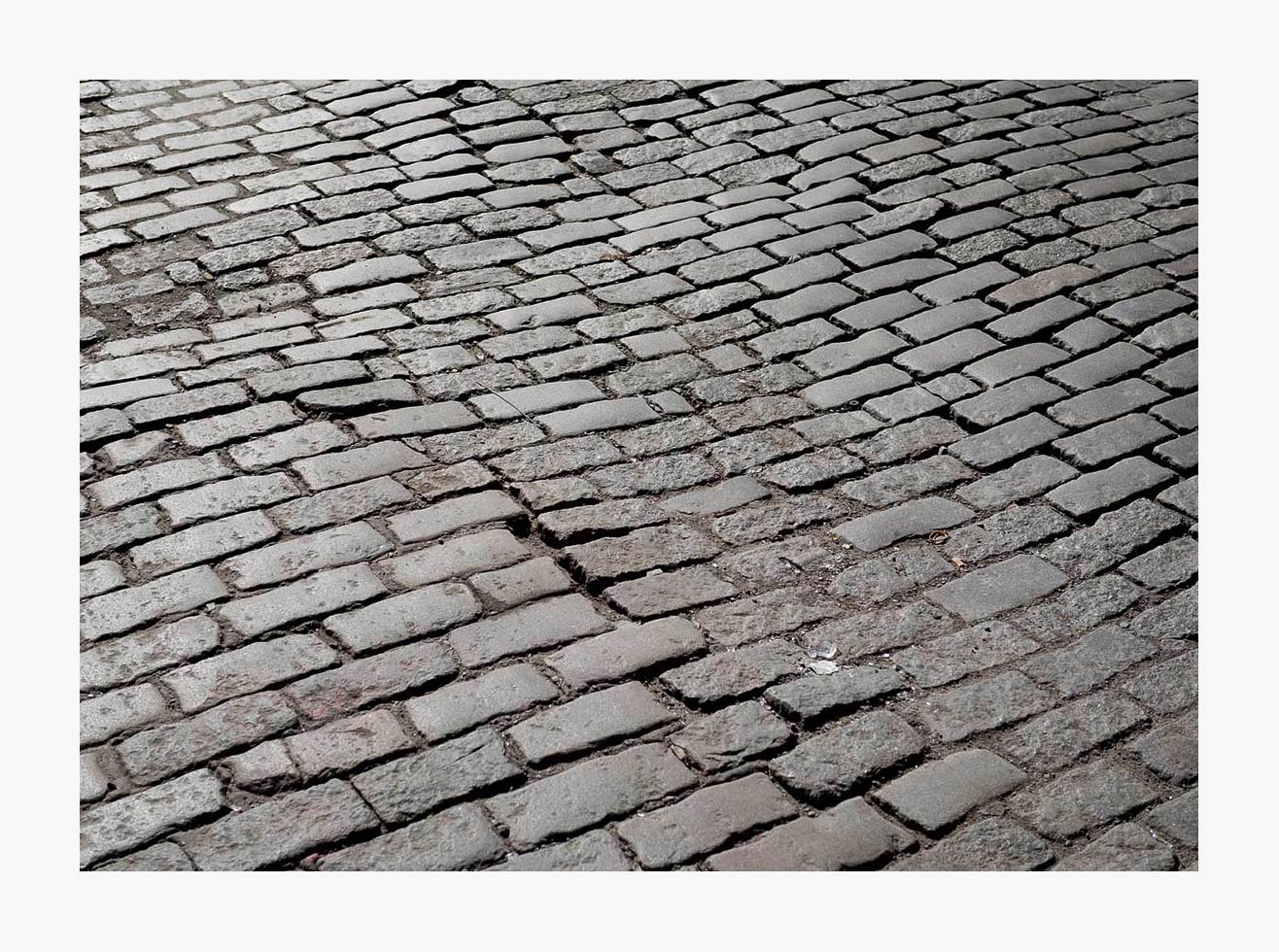 New York City, 2014
New York City, 2014 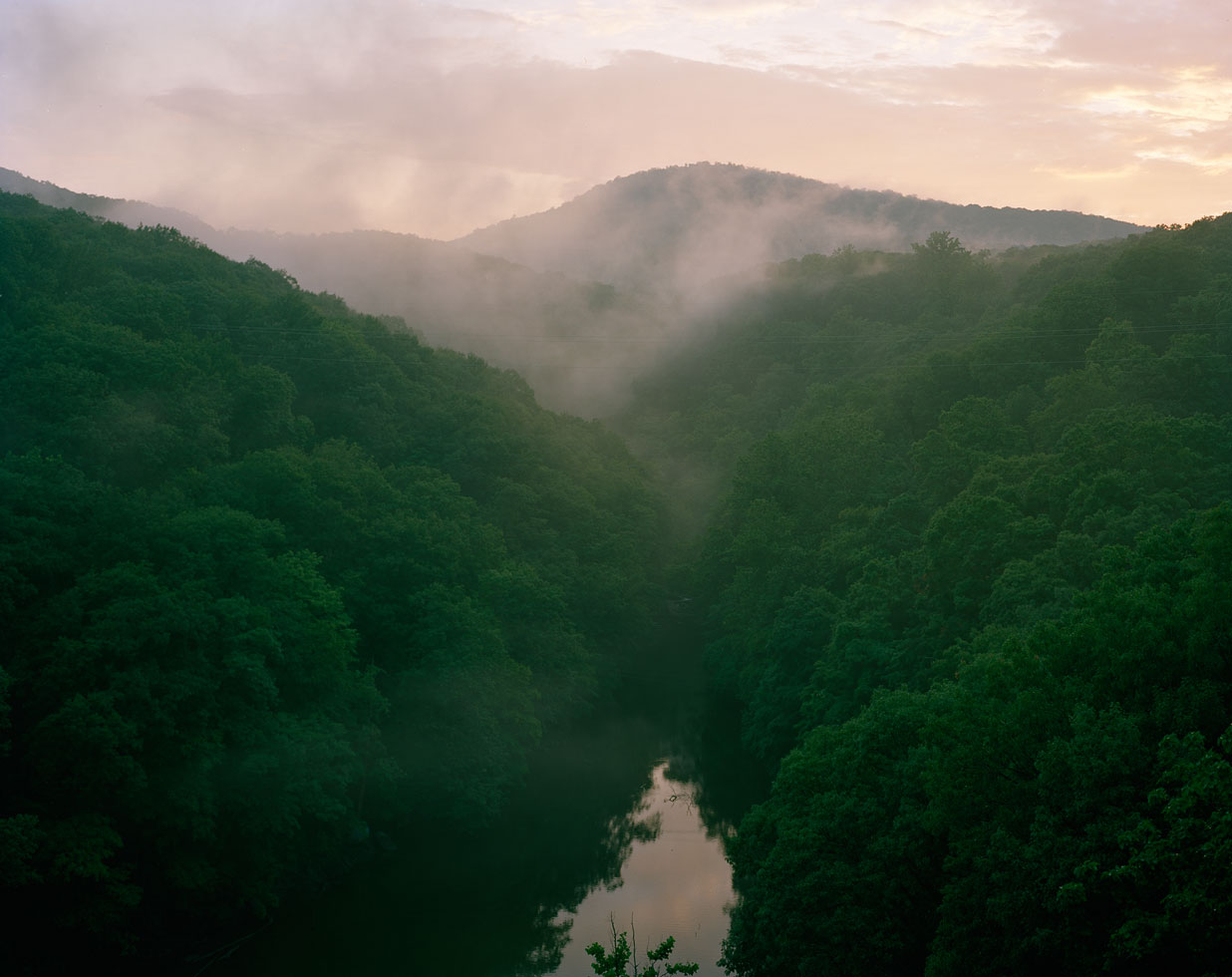 Fort Montgomery, New York, 2013
Fort Montgomery, New York, 2013 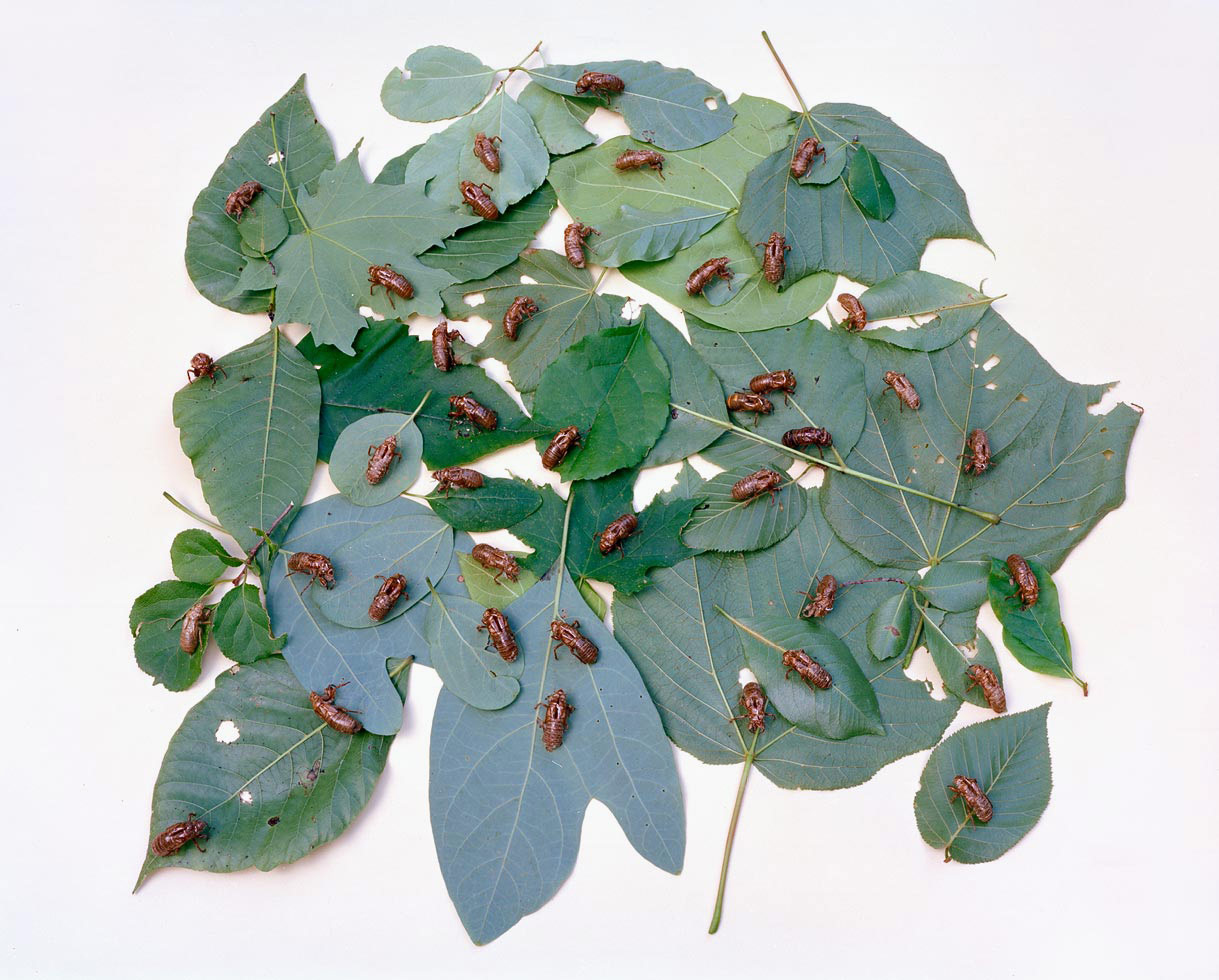 Empty Nymph Casings Attached to Leaves, Garrison, New York, 2013
Empty Nymph Casings Attached to Leaves, Garrison, New York, 2013  Adult Cicada Specimen / iPhone, 2014
Adult Cicada Specimen / iPhone, 2014 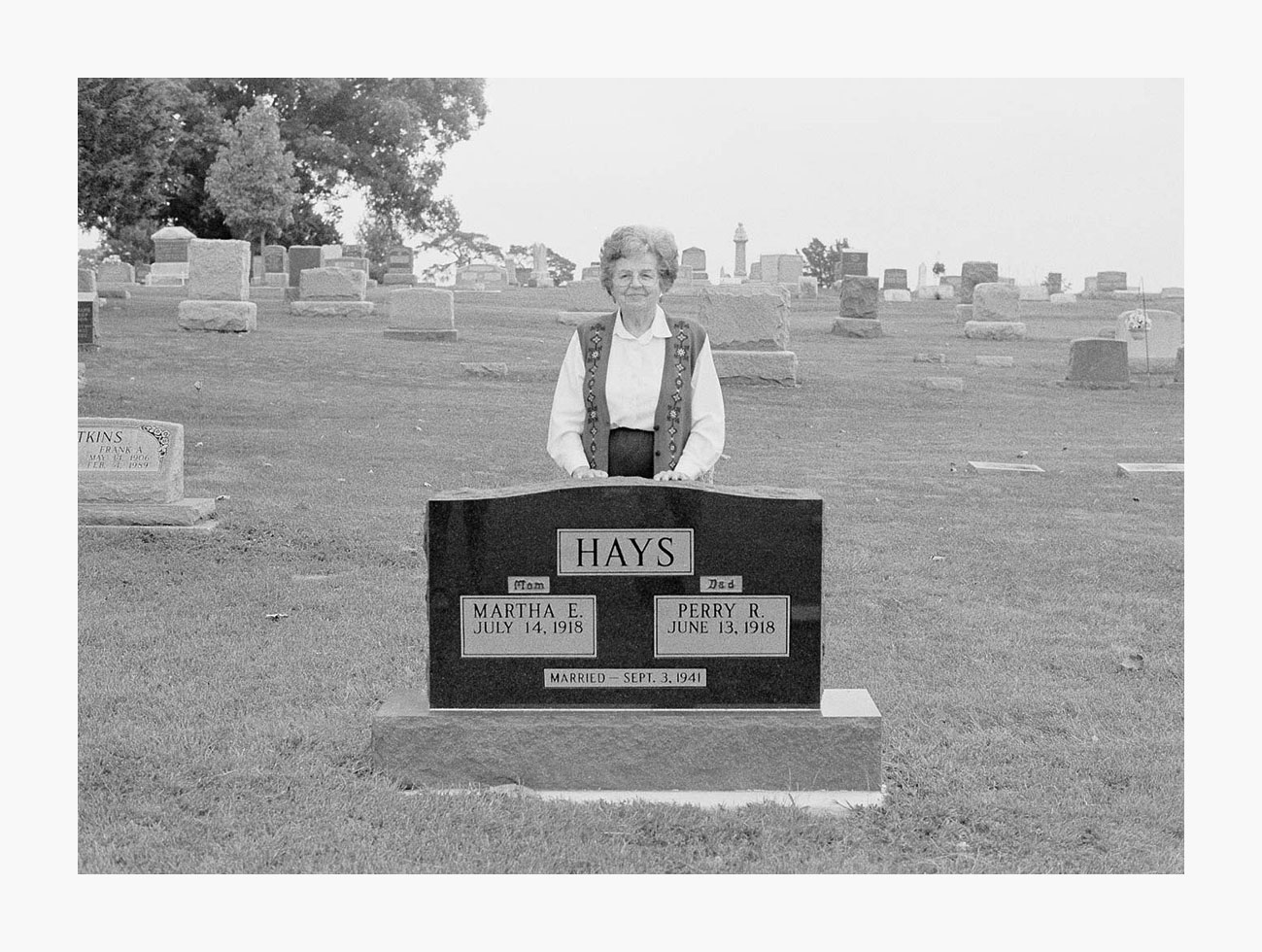 Martha Hays at Her Gravestone, near Ten Mile, Missouri, 1997
Martha Hays at Her Gravestone, near Ten Mile, Missouri, 1997 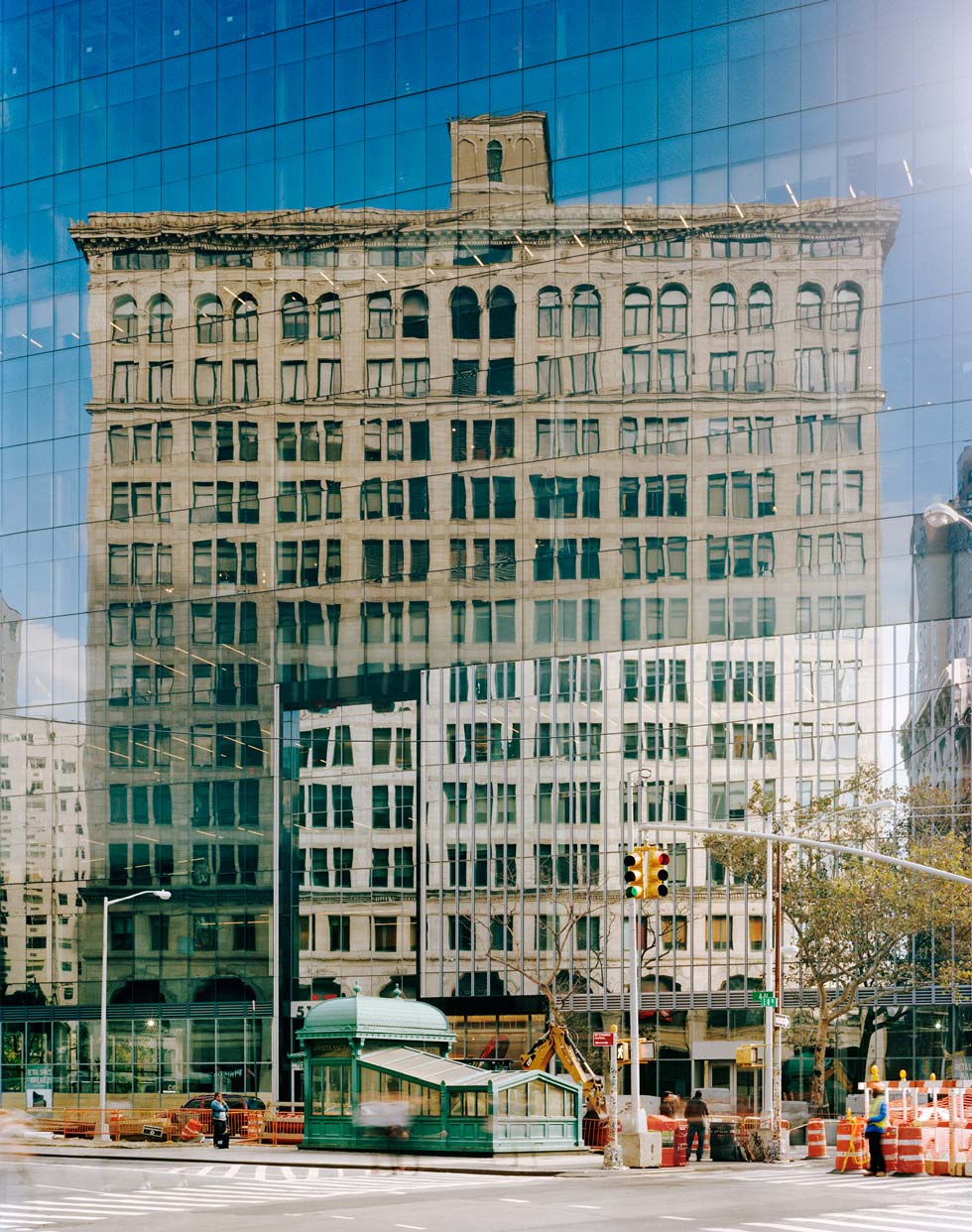 New York City, 2014
New York City, 2014 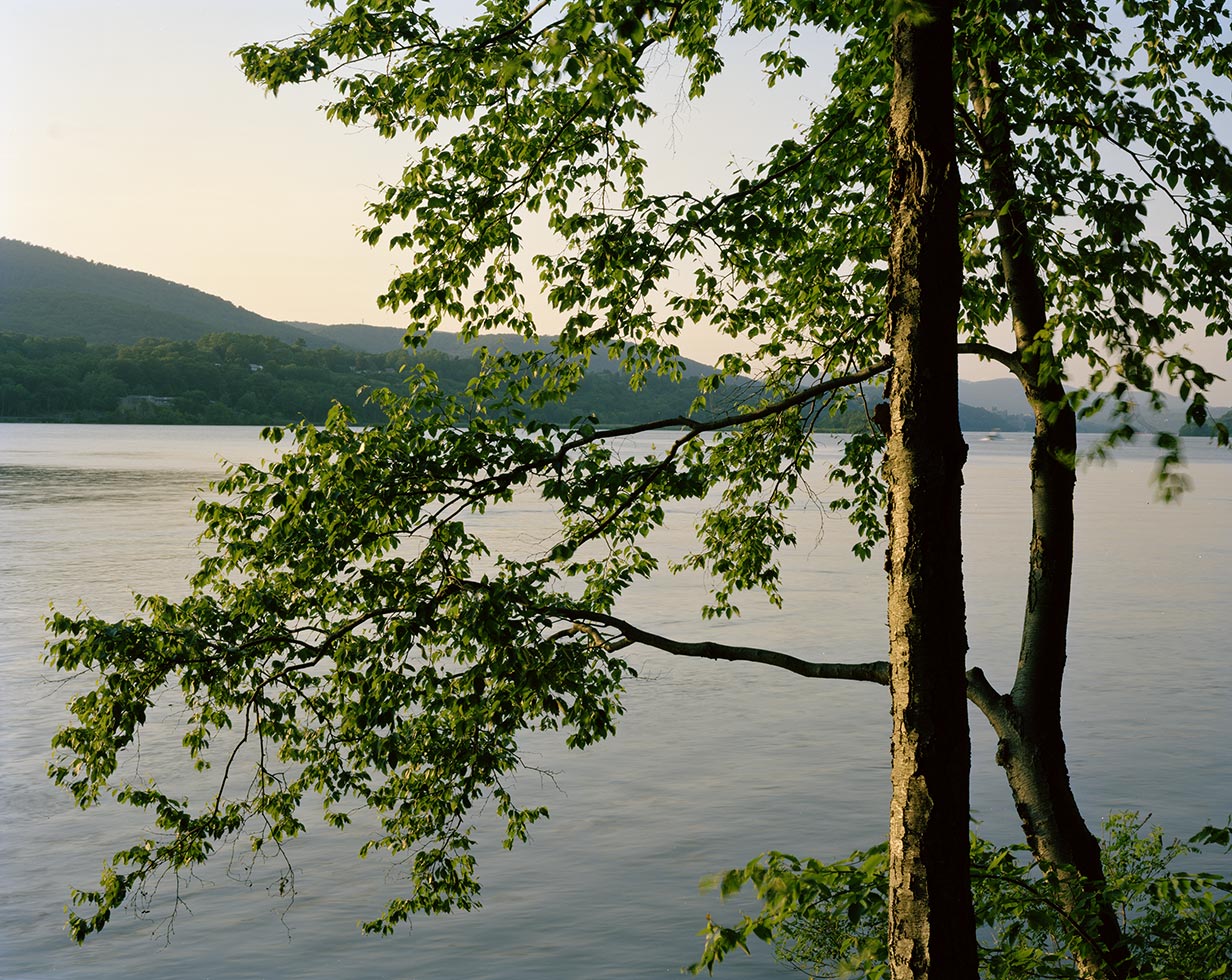 At the Bank of the Hudson River, Garrison, New York, 2013
At the Bank of the Hudson River, Garrison, New York, 2013 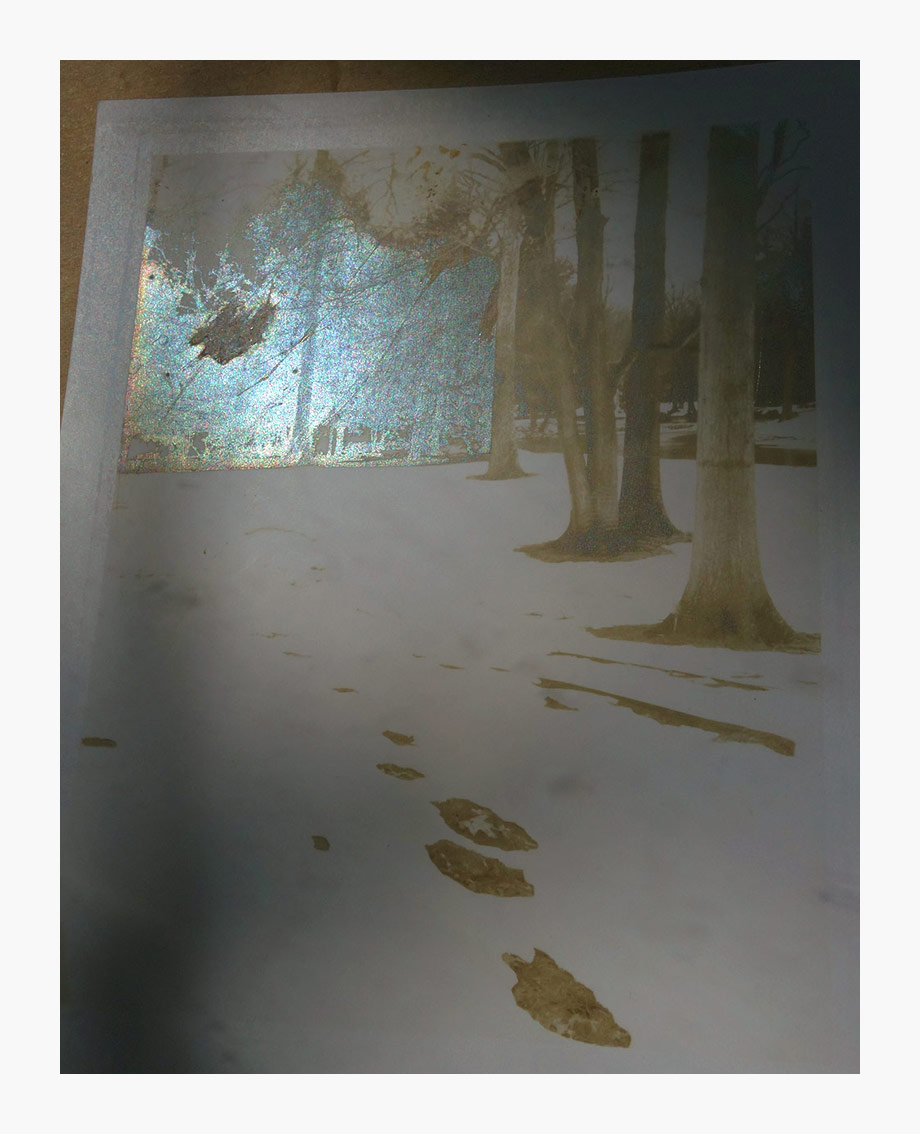 Oxidized Polaroid Type 55 Print, 1996 (2014)
Oxidized Polaroid Type 55 Print, 1996 (2014) 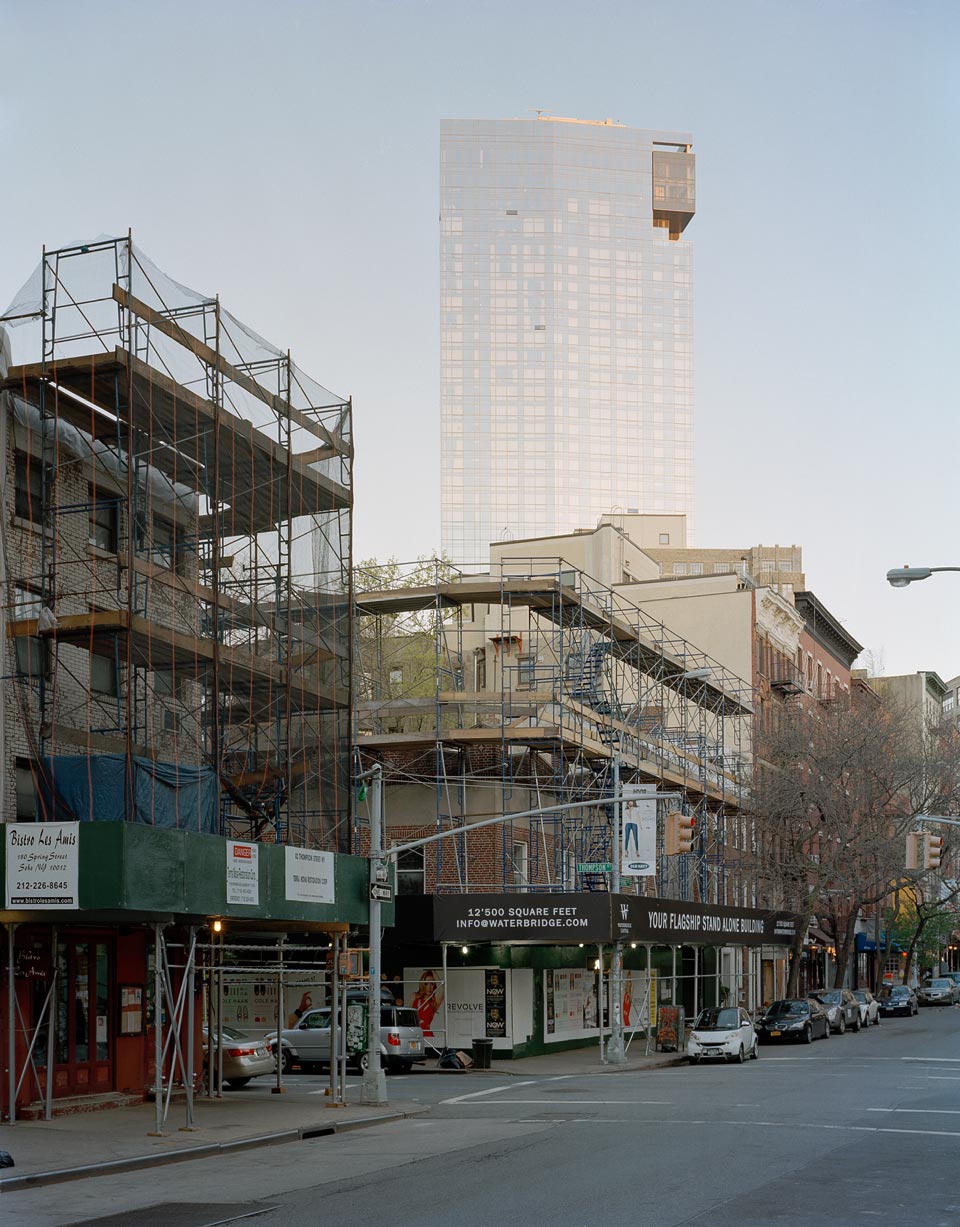 New York City, 2014
New York City, 2014 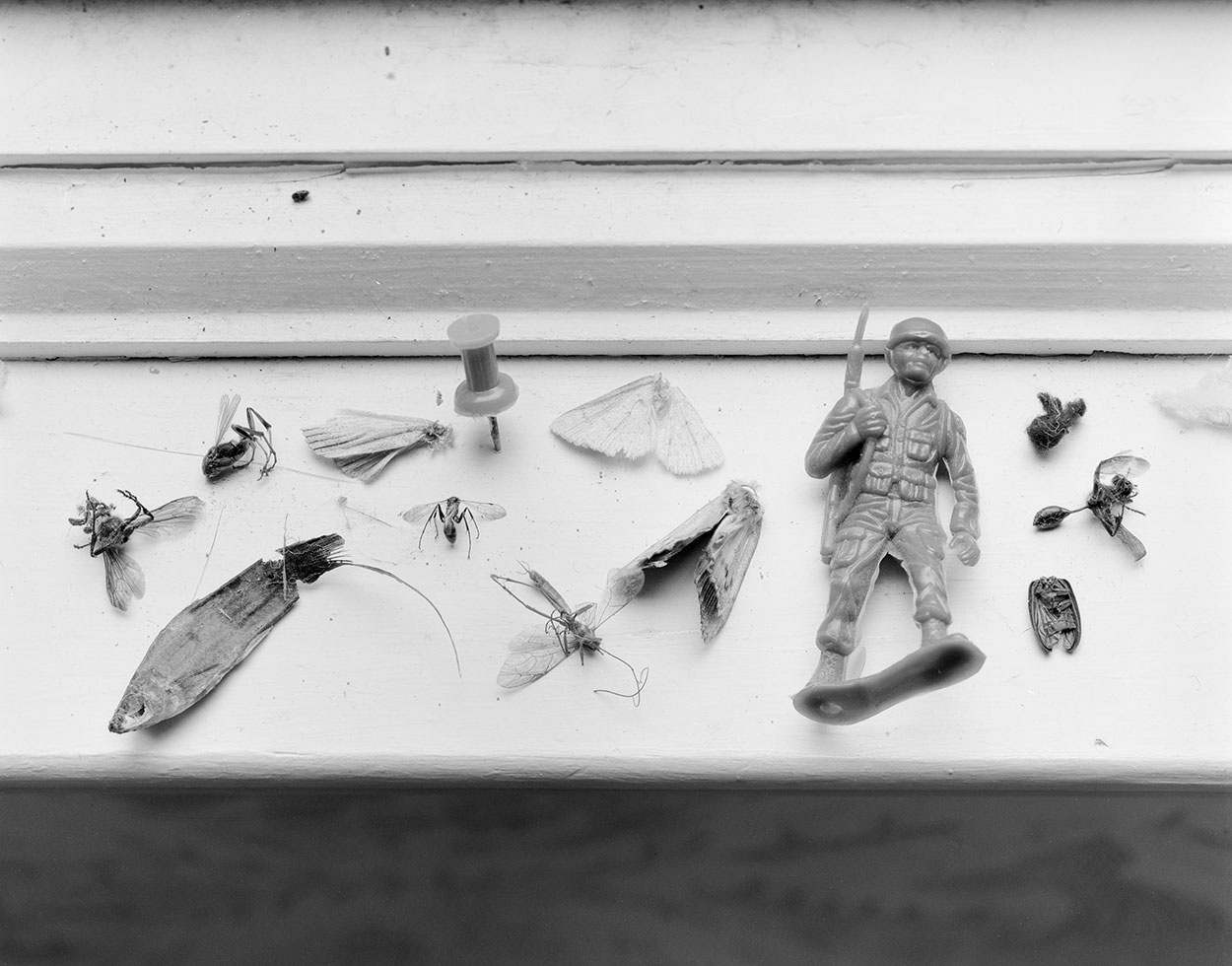 Fairfield, Connecticut, 1996
Fairfield, Connecticut, 1996 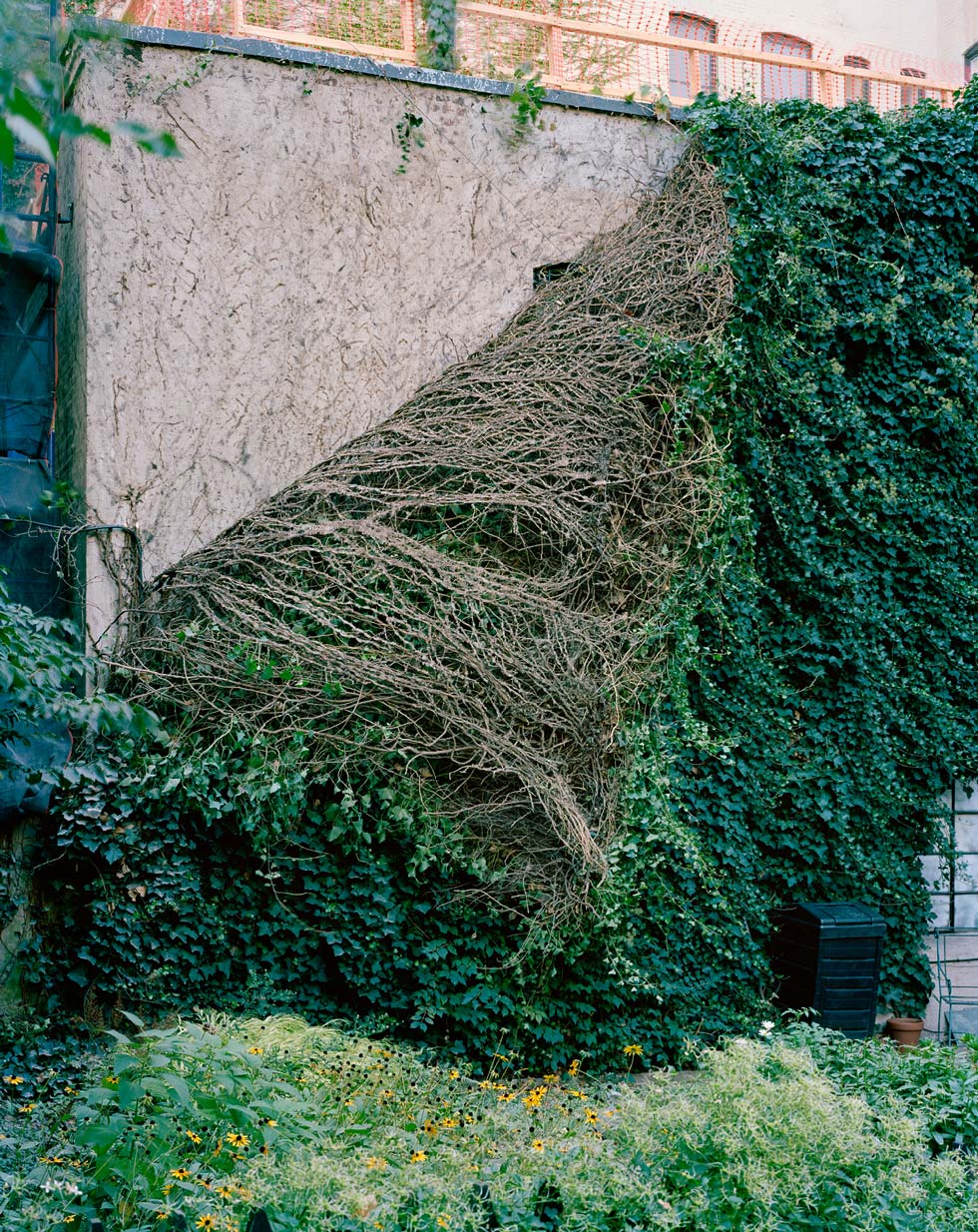 Brooklyn, New York, 2013
Brooklyn, New York, 2013 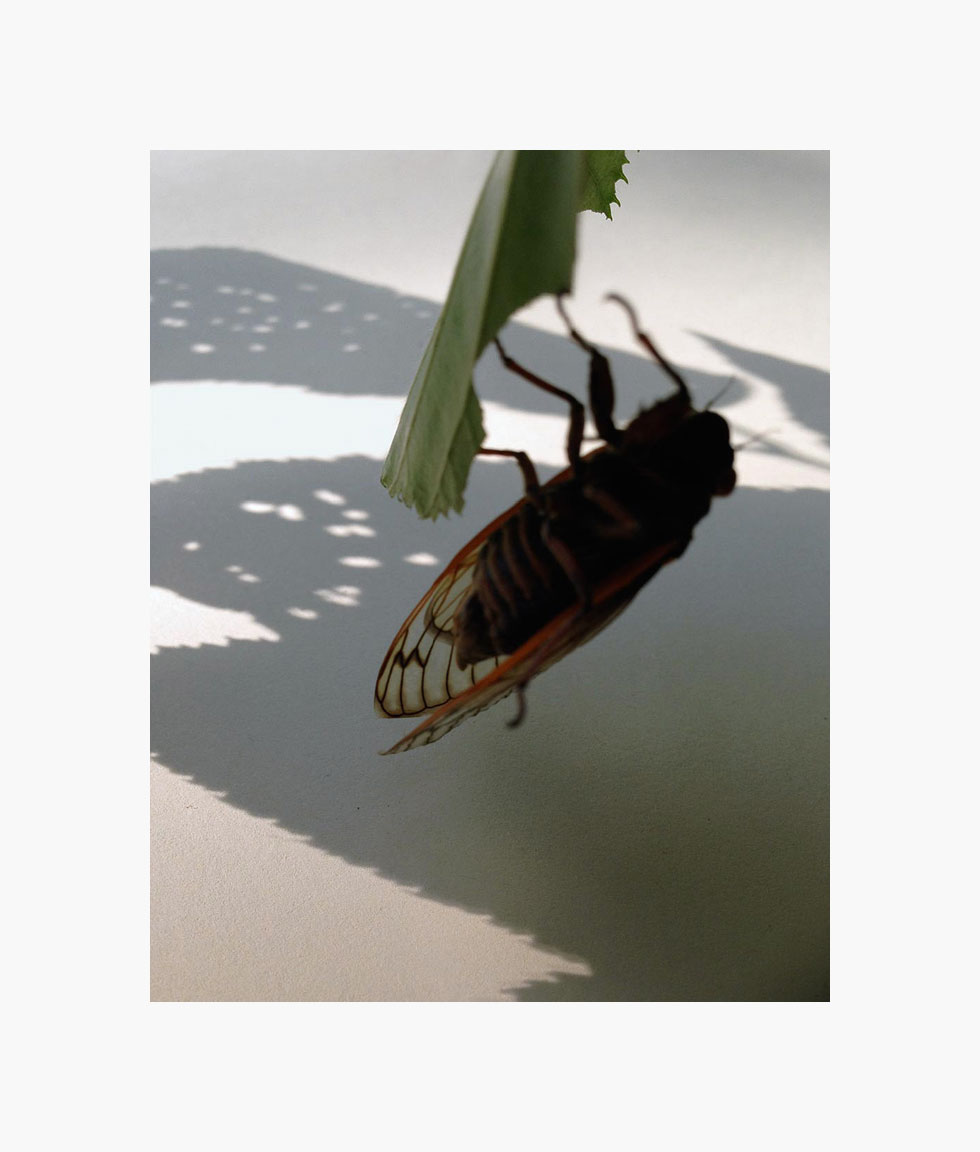 Garrison, New York, 2013
Garrison, New York, 2013 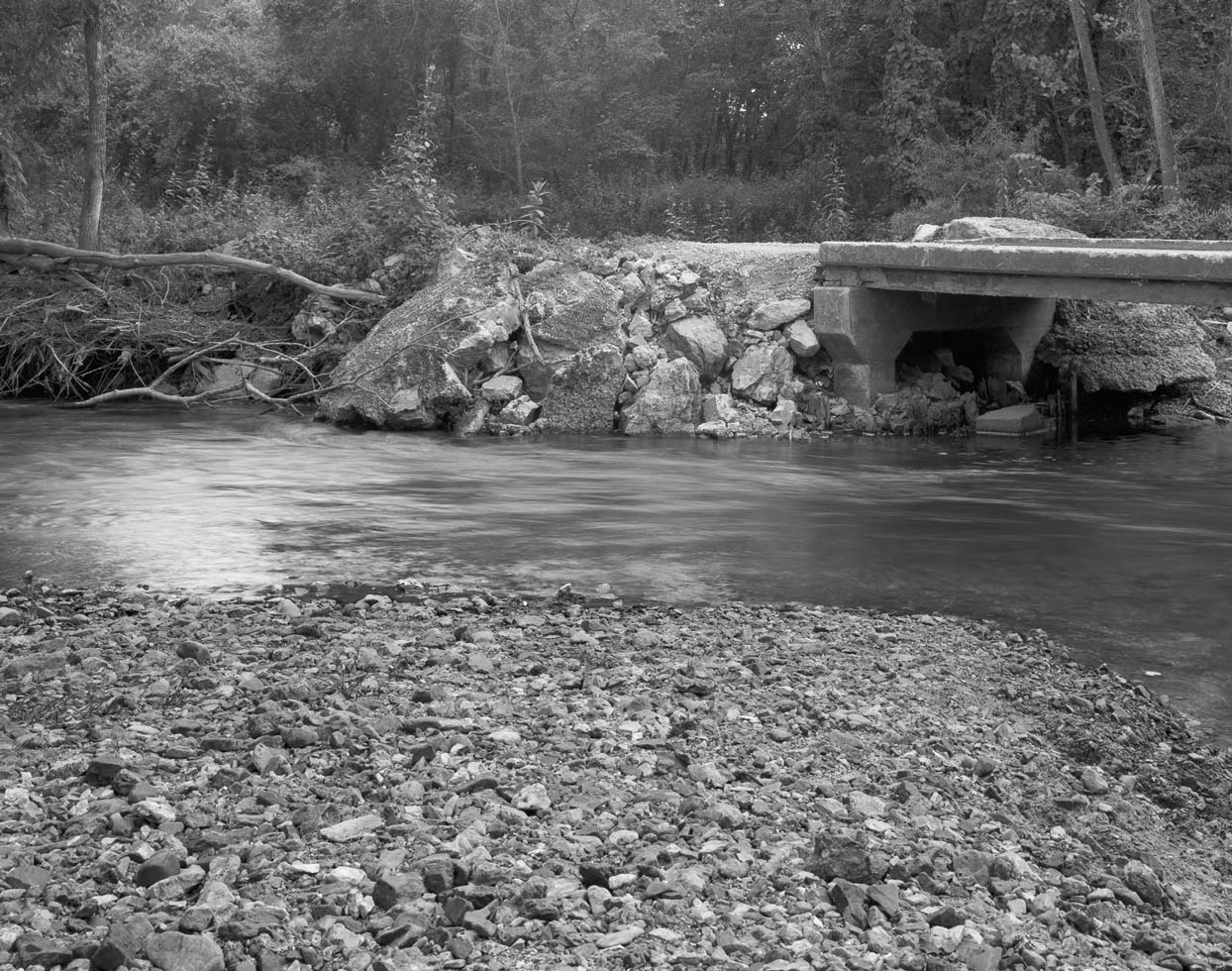 Near Rolla, Missouri, 1996
Near Rolla, Missouri, 1996 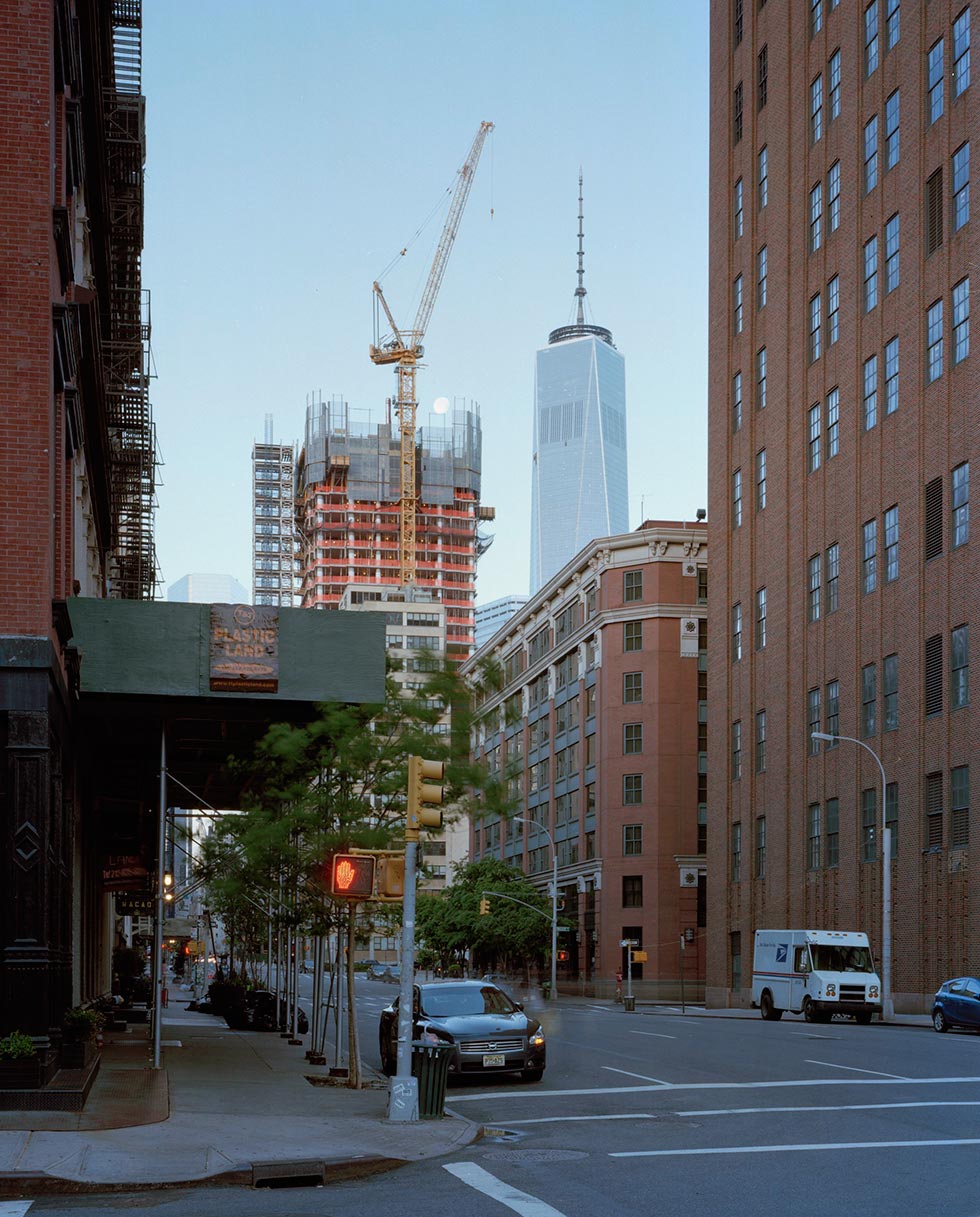 Moon, From the Corner of Lispenard and Church, New York City, 2014
Moon, From the Corner of Lispenard and Church, New York City, 2014  New York City, 2014
New York City, 2014 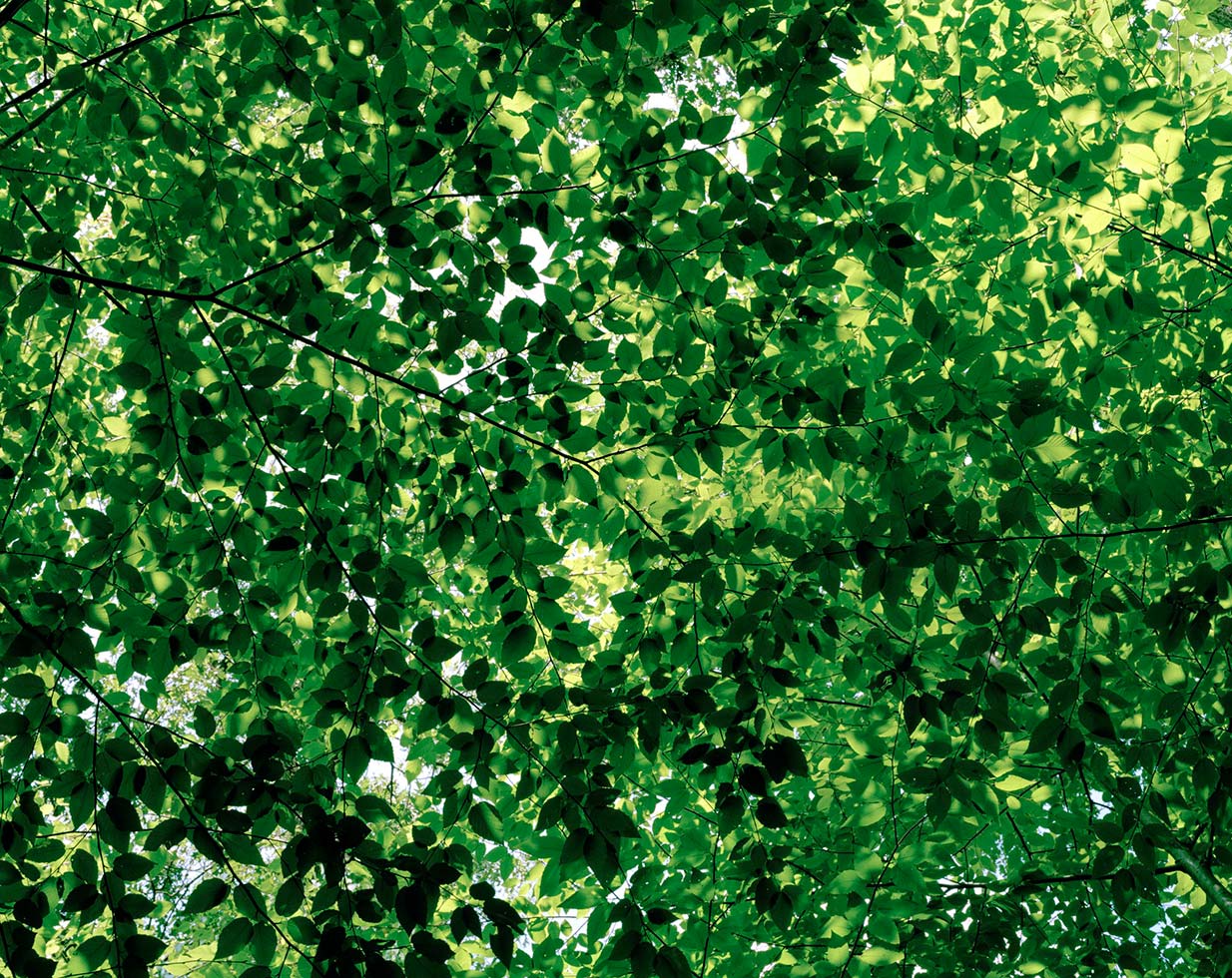 Garrison, New York, 2013
Garrison, New York, 2013 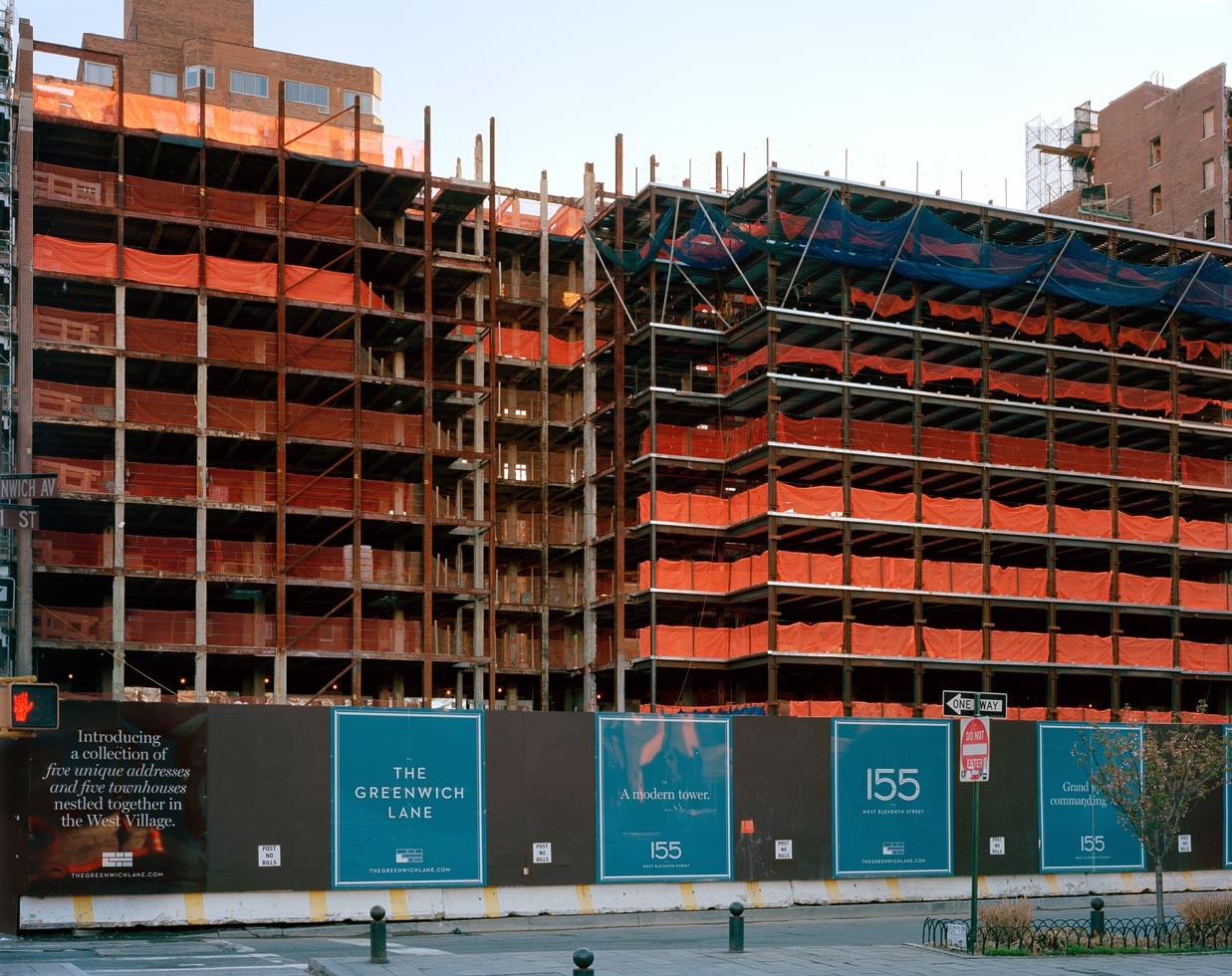 Demolition of St. Vincent's Hospital, New York City, 2014
Demolition of St. Vincent's Hospital, New York City, 2014 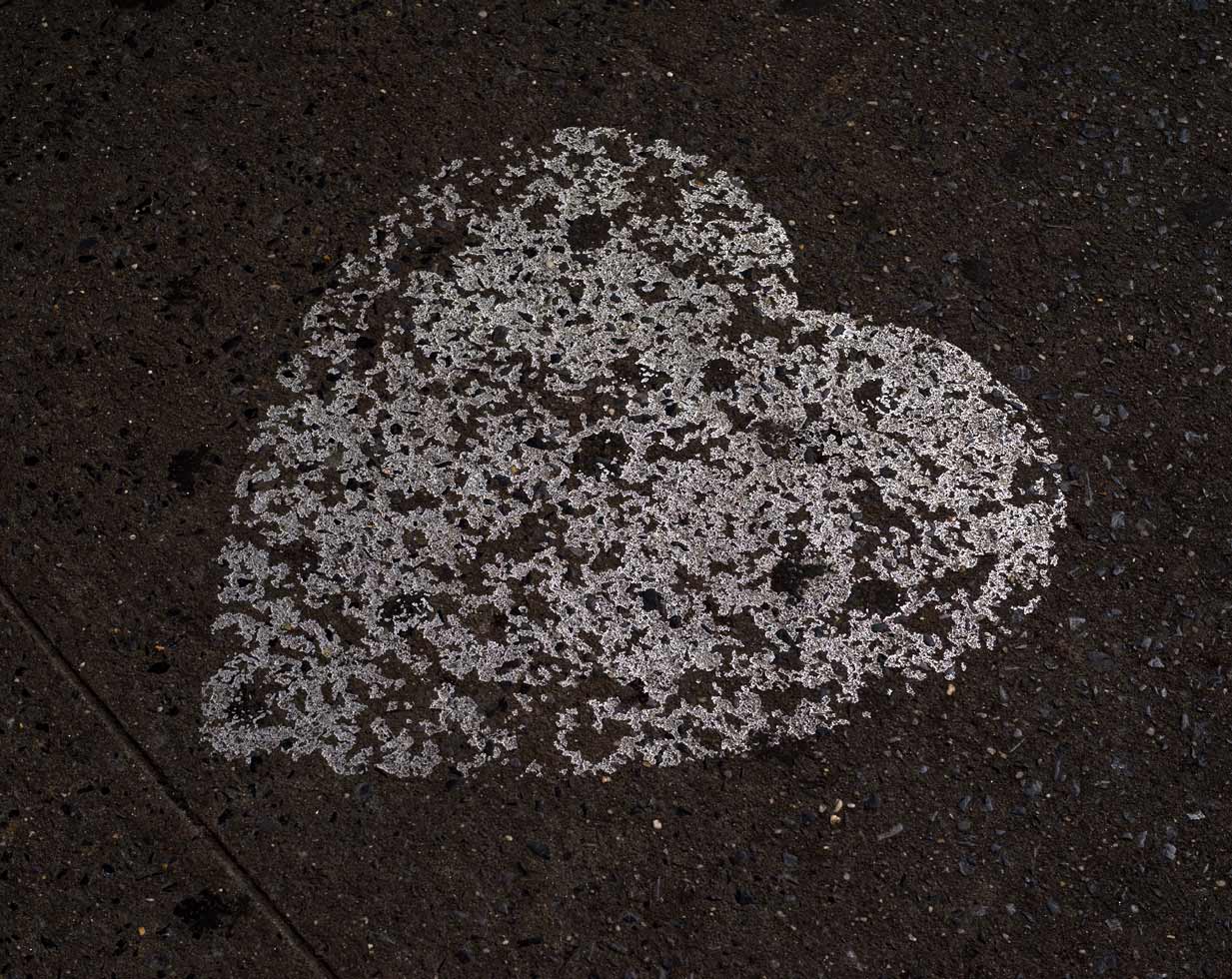 New York City, 2014
New York City, 2014 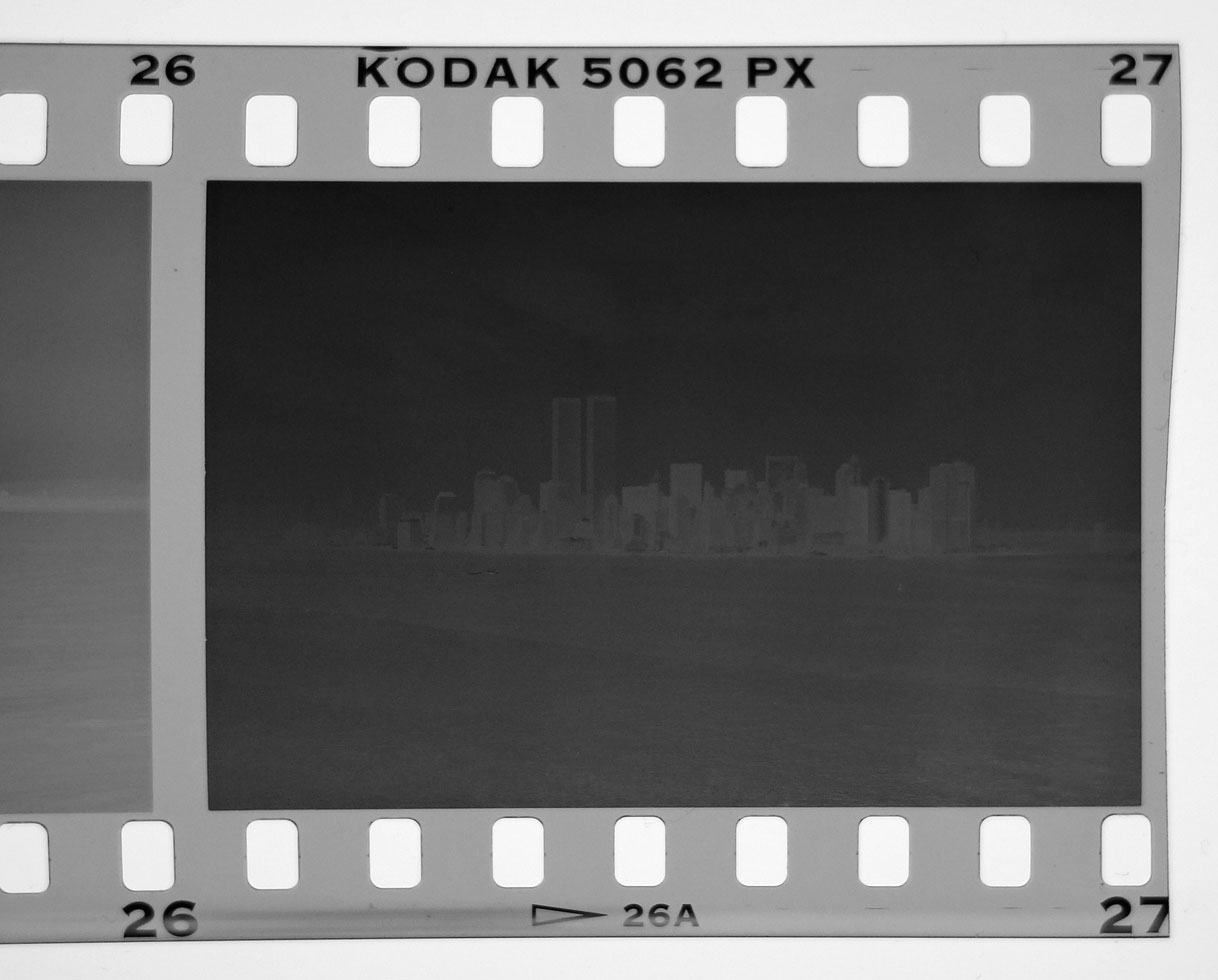 Film, New York City, 1996
Film, New York City, 1996